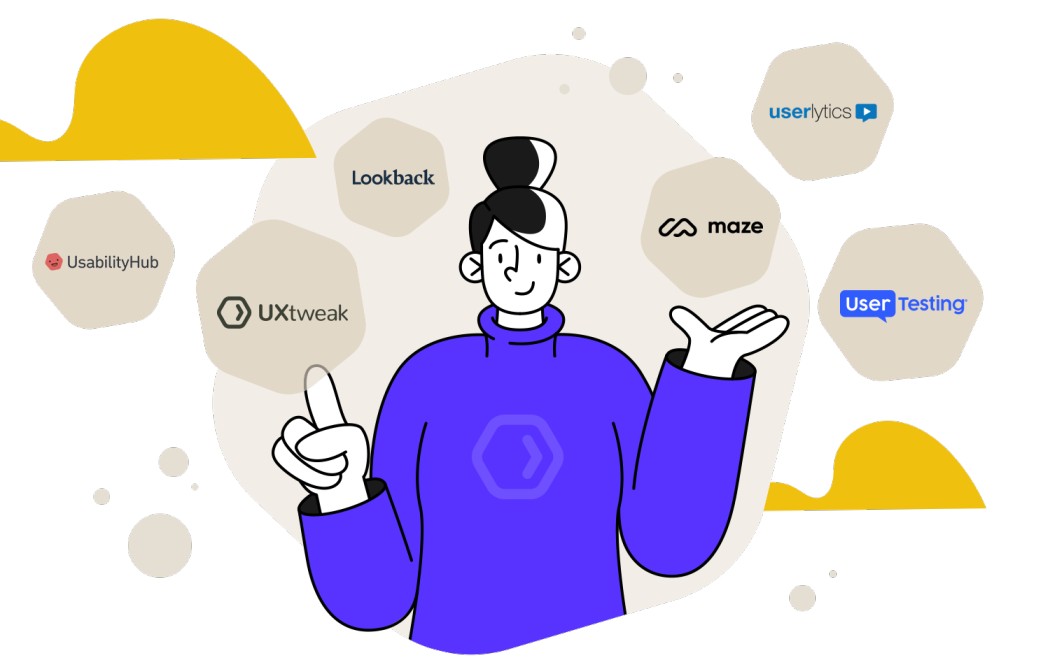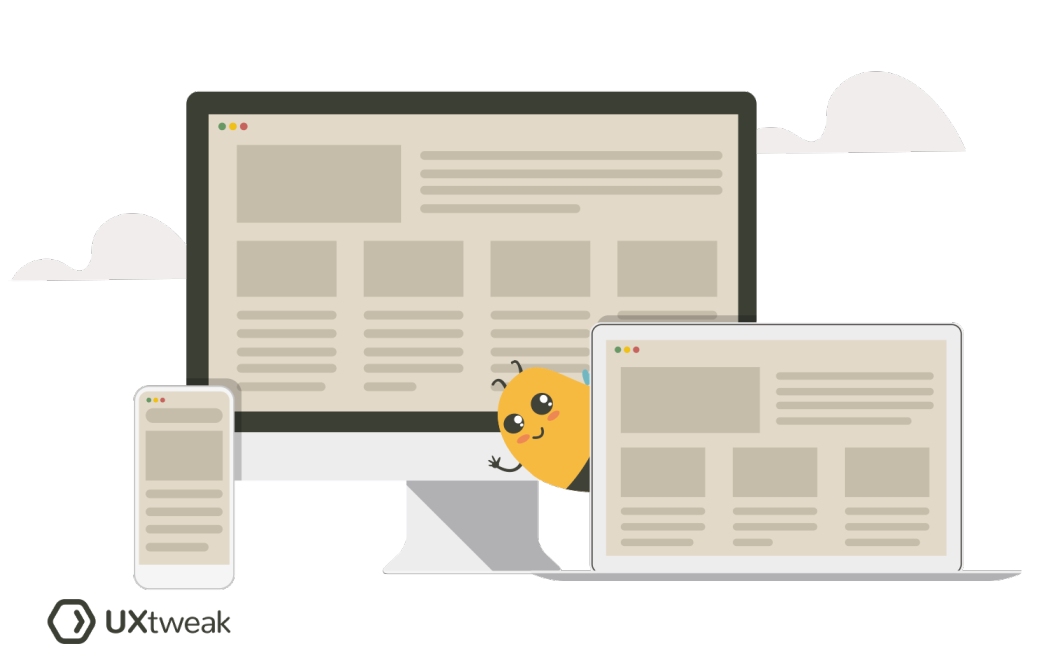What are the benefits of a Wizard of Oz Prototype?
The benefits of using a Wizard of Oz prototype include:
- Efficient Testing: It allows for early testing of complex systems before they are fully built.
- Cost-Effectiveness: It can save resources by gathering feedback and identifying problems early in the design process.
- Flexibility: It offers flexibility as changes can be easily made on-the-fly during testing based on user feedback.
When to use a Wizard of Oz Prototype?
Typically, this prototype is utilized early in design, especially for systems with intricate functionalities or interactions like AI interfaces or voice assistants. It’s used to perform prototype user testing when it’s not feasible to build a fully functional prototype, but user feedback on the interaction model is needed.
How to create a Wizard of Oz Prototype?
Creating a Wizard of Oz prototype involves several steps:
- First, you need to set clear goals for what you aim to learn from the test.
- Afterwards, design an interface for the user to interact with. This interface should echo the final product’s aesthetics.
- The next step involves preparing your ‘Wizard’. This person needs training to control the prototype’s responses convincingly during user interactions.
- Now, it’s time to conduct the test. Users should interact with the prototype as they would with the finished product.
- Lastly, carefully observe user interactions and gather feedback. Analyzing this feedback helps refine the design.
FAQ
It’s named after the Wizard of Oz story, where the ‘Wizard’ was a man behind a curtain manipulating the environment to appear magical. Similarly, in this type of prototyping, someone is ‘behind the curtain’ controlling the prototype to make it seem functional.
It’s especially effective for systems that are complex or costly to develop, such as AI interfaces, voice assistants, and other interactive systems. It allows for early testing and feedback collection without the need for a fully functional system.
A Wizard of Oz prototype can be considered a type of high-fidelity prototype since it simulates the look and feel of the final product, even though the functionality is manually controlled. However, its fidelity level can vary depending on how closely the manual control mimics the envisioned automated functionality of the final product.





